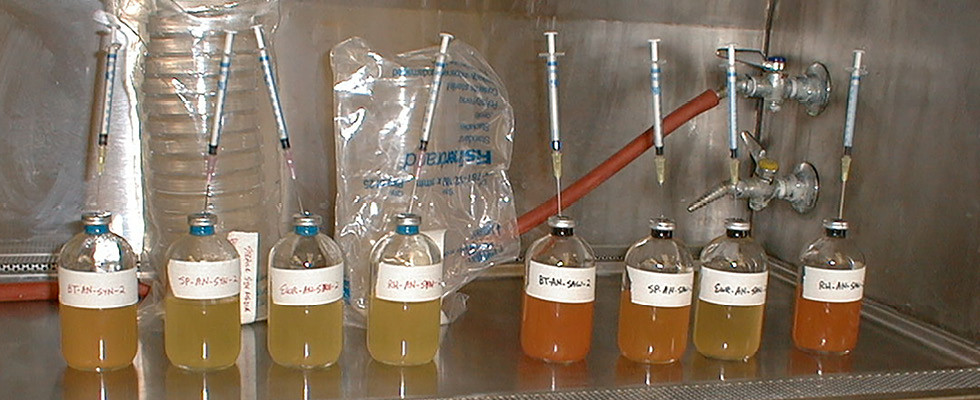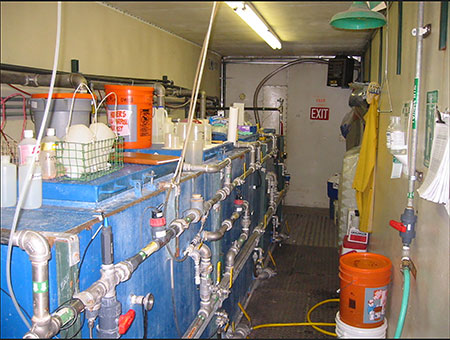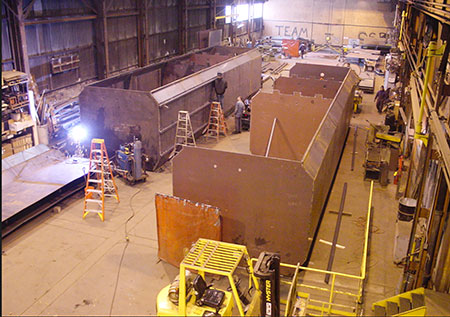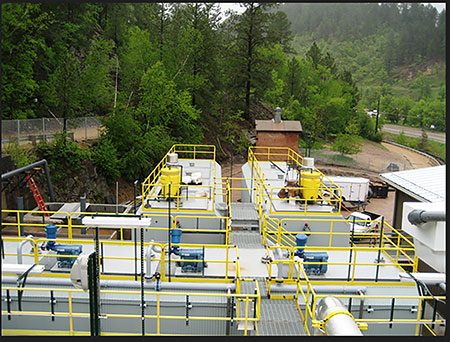
When it comes to wastewater treatment systems, owners demand reliability and effectiveness, but getting from concept to solution is not always a straight path. For this reason, the application of the scientific method1 (SM) and rigorous experimental design2 (ED) are essential for advancing engineering designs and ensuring reliable, efficient and innovative engineering solutions.
SM in Engineering
The scientific method can be defined as a process of systematic inquiry using observation, hypothesis, experimentation, analysis and conclusion. Even though most of us are first introduced to SM in grade school, few of us use it in real life, real work and real problem solving on a daily, weekly or even monthly basis.
Even so, having a systematic laboratory investigative mechanism is a cornerstone of engineering practice, as it:
Ensures accuracy with precision and repeatability
Enhances problem solving with a structured approach to identifying and analyzing problems and solutions
Builds credibility and trust through the scientific rigor of engineering studies that can be peer reviewed, critiqued and discussed
Facilitates innovation by allowing scientists and engineers to develop creative and effective solutions to complex problems as well as keys to discovering new methods and technologies1
ED in Engineering
Experimental design in engineering refers to the structured planning of experiments to investigate and validate hypothesized engineered solutions to users’ wastewater problems. The goal is to gather empirical data that can be analyzed to draw valid and reliable conclusions to make informed decisions. When done correctly, it validates assumptions with experimental data or uncovers unforeseen problems early in the low-cost laboratory study rather than later in the commercial plant, when high-cost modifications are required.
Good ED always states a clear objective that defines the problem to be solved and a hypothetical solution based upon previous experience, literature review and industry knowledge. Good ED includes variables, controls and replicas to statistically validate results. It includes, with constraints where needed, state-of-the-industry approaches to solving wastewater problems.

When design of experiment (DOE or ED) is done correctly, it optimizes efficiency and performance of the tested processes and/or products, facilitates development of innovative technologies and solutions and ensures accurate, reproducible results—all while helping to improve the quality of engineered designs and systems. Careful planning leads to meaningful insights and better developed engineered solutions.
Use of SM & ED to Solve a Mine Wastewater Treatment Problem
To better show the role of SM and ED in engineering, here is an example of how these processes were used in the development of a wastewater treatment system for a mine tailings waste stream. In this example, what began as a series of laboratory studies for a mining application ultimately led to the invention of a new selenium-reducing fixed bed bioreactor (Se FBBR) that found use in other applications and the refining industry.
Solution development began in the lab with isolation and observation of anoxic selenium-reducing bacteria (Se-RB) in a mine tailings waste stream (Image 1). Process scientists used SM principles to test hypotheses and better understand the Se-RB culture’s growth dynamics. Based on these experiments, the scientists learned these selenate-reducing bacteria (Se-RB) were also denitrifier bacteria, meaning they were able to grow by reducing nitrate and nitrite in the absence of dissolved oxygen. Additional lab studies were also conducted to determine the best external carbon source to support selenate reduction (a glycerin-based carbon source) as well as the optimal nutrient requirements, temperature and pH range for bacterial growth.

Through rigorous scientific experimentation, process scientists also discovered that the addition of too much external carbon led to overproduction of hydrogen sulfide, which was an unexpected and undesirable result. This observation enabled the team to innovate a novel aeration/no-aeration sequencing of operational regimes to select and promote growth of the desirable Se-RBs while limiting or killing the growth of unwanted sulfate-reducing bacteria (SRBs). Conceived based on SM and ED principles, these well-designed lab studies allowed the team to investigate potential solutions before testing them in the field, which helped to prevent any surprise findings from cropping up later in the engineering and design process. The analysis from the lab studies led to a full-scale process design and mathematical model, followed by an on-site pilot study (Image 2) to demonstrate and validate the hypothetical model.
A few years later, the selenium FBBR technology developed through this series of lab studies was again put to work, this time for removing selenate from a refinery wastewater stream. The refinery wastewater stream had selenate levels that exceeded limits for discharge into a local surface water stream. Due to high levels of sulfate also present in the wastewater, the selective Se-RBs were needed to out-compete SRBs to preferentially remove selenate while forming minimal hydrogen sulfide.
Challenges & Mitigations
From a water treatment professional’s perspective, the usual challenges to applying the SM and ED in engineering systems include securing the trust of the user to invest in a customized solution-development study, accurately estimating the time and cost of the lab study, obtaining and evaluating the best representative wastewater samples in the lab and designing the sequence of lab experiments to the end solution.

Some lab studies are so clear and conclusive that full-scale engineering and warranty can follow, while other studies necessitate an on-site field study to validate the designed approach. In these cases, the field study allows the team to gauge system performance while treating daily plant variations in wastewater concentrations, flow rates, loads and effluent quality. From there, a process warranty can follow. Even if all these phases are needed, a scientifically sound approach is often well worth it in the end, as it can prevent delays and added costs due to unforeseen issues with a solution concept.
Other Examples
SM and ED principles can be leveraged in nearly any type of wastewater treatment system design process. Recent examples of wastewater treatment solutions achieved through application of SM and ED include:
An extensive river remedial action laboratory study involving contaminated sediment dewatering and treatment with subsequent large-scale engineering system design and offer
Conducting a large jar test study to determine the optimal method for removing multiple metals from a highly variable wastewater stream
Conducting a lab study on cyanide and nickel removal from a novel wastewater to support on-site treatment and eliminate expensive disposal costs
Performing a laboratory respirometer study to examine growth kinetics of denitrification bacteria in refinery nitrogen-bearing cooling tower blowdown water
In each of these cases, conducting well-designed laboratory studies at the outset of the project yielded a smooth design and build process thereafter, including the building of a full-scale moving bed bioreactor for treatment of a complex cooling tower blowdown stream. These and other experiences demonstrate the value of using both SM and ED for engagements between wastewater treatment solution providers and users.

The use of scientific rigor in wastewater treatment studies with experimental design is extremely important for engineering wastewater treatment solutions and systems. Solution providers should take deliberate efforts to foster a culture of inquiry and experimentation in their approach to wastewater treatment problem solving and solution development.
Adopting SM and ED as standard engineering practice and education will benefit solution providers and clients alike by encouraging earlier detection of problematic issues, more comprehensive problem solving and greater innovation in the engineering process.
References
Scientific Method, en.wikipedia.org/wiki/scientific method. Elements of inquiry, overview and factors of scientific inquiry.
Introduction to Engineering Experimentation, 3rd ed., 2010. Wheeler & Ganji; sections 12.1.2 through 12.1.6, pp. 423-424.
Further reading: Activated Sludge Technologies for Treating Industrial Wastewaters, Design & Troubleshooting, 2014. Echenfelder & Cleary. Ch 7 section on Treatability Studies (pp. 144-145) and Process Modeling (pp. 163-164).

